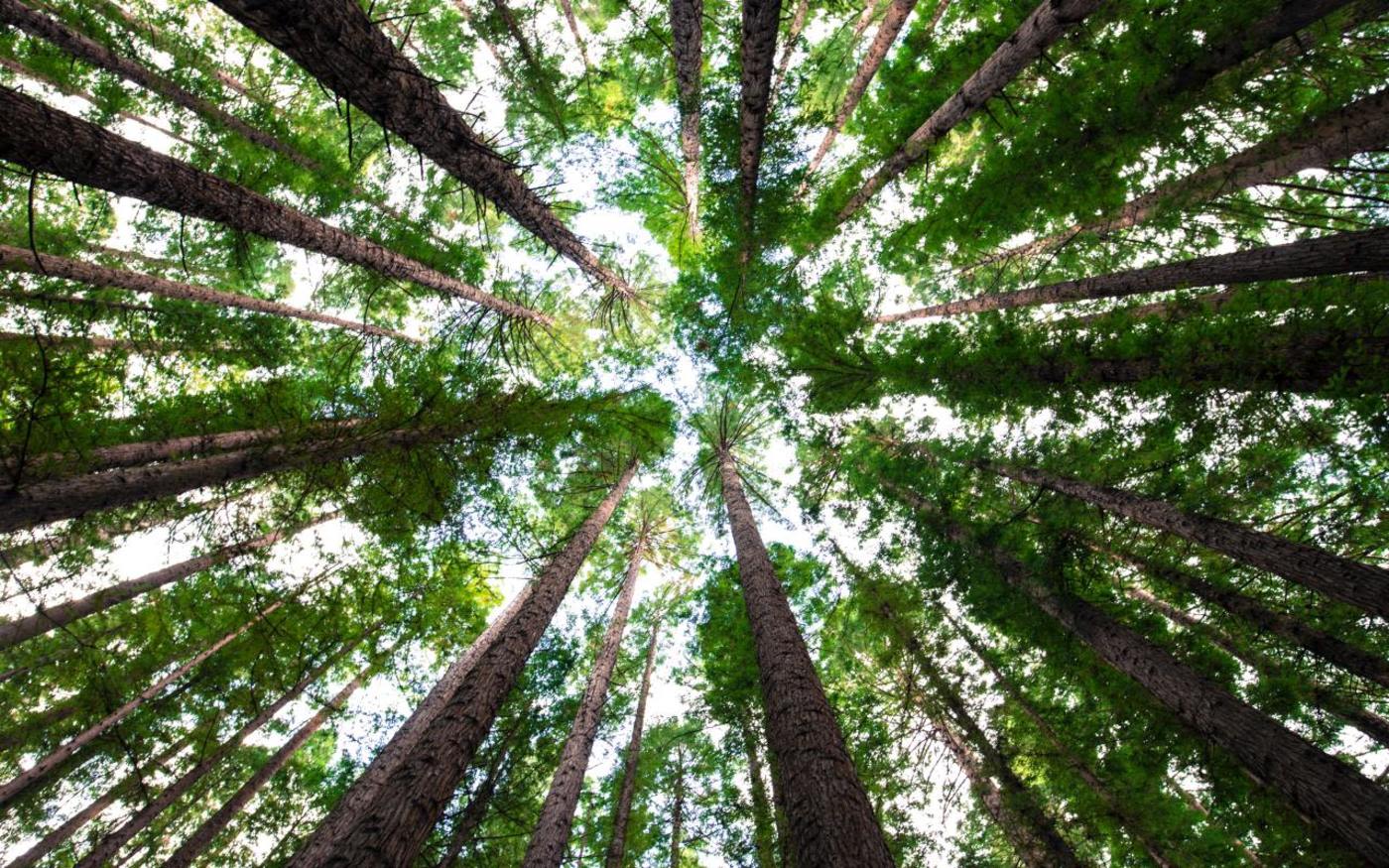What does responsible sourcing actually mean?
Let’s face it, more and more of us want to know where the things we buy – from food and electronics, to jewellery and fashion – actually come from. We also want more information about what types of raw ingredients and commodities have gone into our stuff and are seeking a better understanding as to how the products we know and love have been produced.
Yes, consumers want to be sure that the food and drink they buy is safe and of good quality, for example. But, much more aware of the social and environmental challenges being faced by farmers, particularly in the developing world, consumers also want to be sure that that food isn’t being produced in a way that is having a negative impact on farmers, their local communities or the environment.
As you might suspect, companies are beginning to respond to this increased awareness and appetite for them to be more responsible. Having a clear view of where raw materials have been sourced – and tracing them back to farms, mines and factories at the end of the chain – has become more important than ever, particularly for food and fashion brands.
Today, more and more companies promise to source these raw materials and ingredients responsibly. But what does that really mean in practice?
Well, businesses have a variety of different ways of defining what responsible sourcing looks like. Some define it as buying only ingredients or materials that have achieved a certain third-party standard, like the Rainforest Alliance seal of approval (used for things like coffee and bananas), or Better Cotton Initiative-backed cotton (now used widely across the fashion and apparel sectors). These labels have set out a number of criteria they want farmers and suppliers to adhere to in order to awarded their badge of honour. Most of the key commodities have such certification schemes in place.
To ‘responsibly source’ something may simply mean that a company knows where materials are coming from. Or it might mean that a company can be sure that the way in which they are being produced, grown or made is not having a negative impact on people or the planet.
Many companies have created their own mechanisms for making sure that the raw materials they buy are as sound as possible. For example, Nestlé, the world’s biggest food company, works with a number of NGOs to carry out audits (it has so far done 10,000 of them) on the farms supplying it with anything from cocoa and coffee, to palm oil and wheat to make sure they are complying with its very own Responsible Sourcing Guidelines. These set out a number of obligations on suppliers and farmers to stick to human rights regulations and ensure products are sourced from land that has not been converted from natural forest, for example. Should a supplier fail to comply, Nestlé says it works closely with them to help them improve their environmental and social performance and implement corrective actions where necessary.
Of course, this approach to sourcing is a lot more complex and costly than what went before, where companies would blindly procure ingredients from the open market and by and large the only real consideration would have been the price. As a result, there is a still a long way to go before these types of approaches are orchestrated by the majority of companies in any given sector. The certification designed to make responsible sourcing the norm for palm oil, for example, currently only covers 21 per cent of global palm oil.
However, growing pressure from consumers and investors to get their house in order, and a wider acceptance that the majority of the rural communities often in developing countries are at the mercy of a plethora of environmental and social challenges, has helped to focus the minds. By understanding farmers and suppliers better, companies can help them to improve how they grow crops and deliver ingredients to make sure they can continue to do so for the long term. Helping farmers to use their land more efficiently, for example, means they won’t need to clear more trees to plant more crops.
Today’s consumers are using the equivalent of 1.6 planets worth of natural assets – trees, water, air, land and food – to provide the things we make, use and throw away.
The world’s growing middle classes, in places like China and India, now have more disposable income and are able to buy more products. This, in turn, is putting pressure on global commodities everywhere – from food and fossil fuels, to timber and aggregates.
Should current population and these consumption trends continue, we are going to need the equivalent of two Earths to support us by the 2030s. The responsible sourcing of everything that goes into the things we buy is more important than ever.
This is a guest blog and may not represent the views of Virgin.com. Please see virgin.com/terms for more details.

